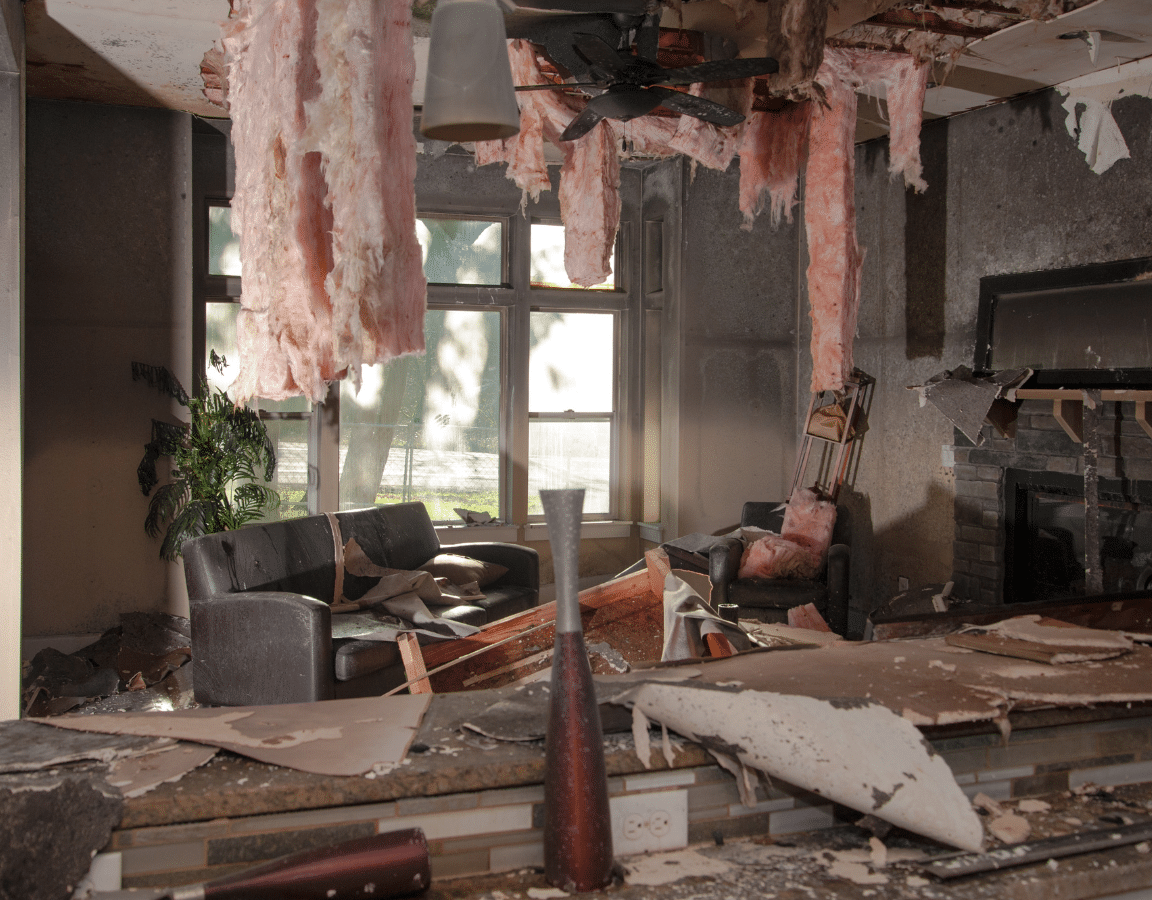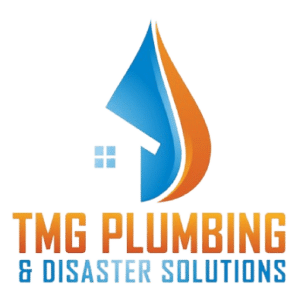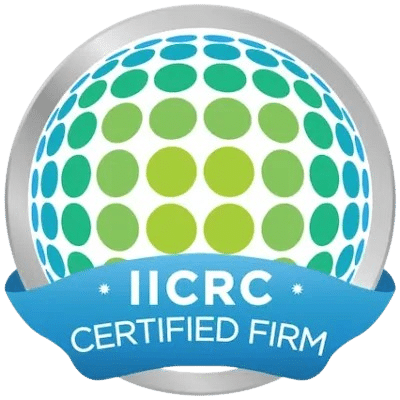
When your home is affected by water or fire damage, it’s essential to understand the terminology used in the restoration process. Familiarizing yourself with these essential terms can help you communicate effectively with restoration professionals, navigate the recovery journey, and make informed decisions. In this blog post, we will break down the basics of water and fire restoration terminology, empowering homeowners like you with the knowledge needed to address these crises confidently.
Water Damage Terminology
Water Damage
Water damage refers to the destruction caused by excess water, typically from sources like leaks, floods, or plumbing failures.
Water Extraction
Water extraction involves the removal of standing water from your home using pumps or vacuums to prevent further damage.
Drying and Dehumidification
These processes are essential for eliminating moisture from affected areas to prevent mold growth and structural damage.
Mold Remediation
Mold remediation is the process of removing and preventing mold growth, which can occur after water damage.
Water Mitigation
Water mitigation includes actions taken to reduce or prevent further water damage, such as tarping, board-ups, and containment.
Fire Damage Terminology
Fire Damage
Fire damage encompasses the destruction caused by flames, smoke, and heat during a fire.
Soot and Smoke Damage
Soot refers to the fine black particles produced by incomplete combustion, while smoke damage includes the residue left behind by smoke.
Fire Restoration
Fire restoration involves the process of cleaning, repairing, and restoring a property after a fire to its pre-damage condition.
Contents Restoration
Contents restoration focuses on cleaning and restoring personal belongings damaged by fire, smoke, or water during firefighting efforts.
Structural Repair
Structural repair encompasses the rebuilding and repair of damaged building components, such as walls, ceilings, and floors.
Common Restoration Equipment
Dehumidifier
A dehumidifier is a device used to reduce humidity levels in the air, aiding in the drying process.
Air Scrubber
An air scrubber is an air purification device that helps remove contaminants and odors from the indoor air.
HEPA Filter
High-efficiency particulate Air (HEPA) filters are used to capture small particles and allergens from the air.
Moisture Meter
A moisture meter measures the moisture content in materials like wood, drywall, and concrete.
Ozone Generator
An ozone generator is used to neutralize odors and improve air quality after fire or water damage.
Understanding these basic terms is a crucial first step in effectively addressing water and fire damage in your home. However, always consult with professionals for a comprehensive assessment and restoration plan tailored to your specific situation.
Becoming familiar with the fundamental terms of water and fire restoration empowers homeowners to take more active roles in the recovery process. It enables better communication with restoration professionals and ensures that you make informed decisions throughout the restoration journey. In times of crisis, knowledge is a valuable asset that can help you regain control and restore your home to its former glory.
Master the essentials of water and fire restoration! Contact TMG Companies LLC to understand the basics and ensure your property is in expert hands.




